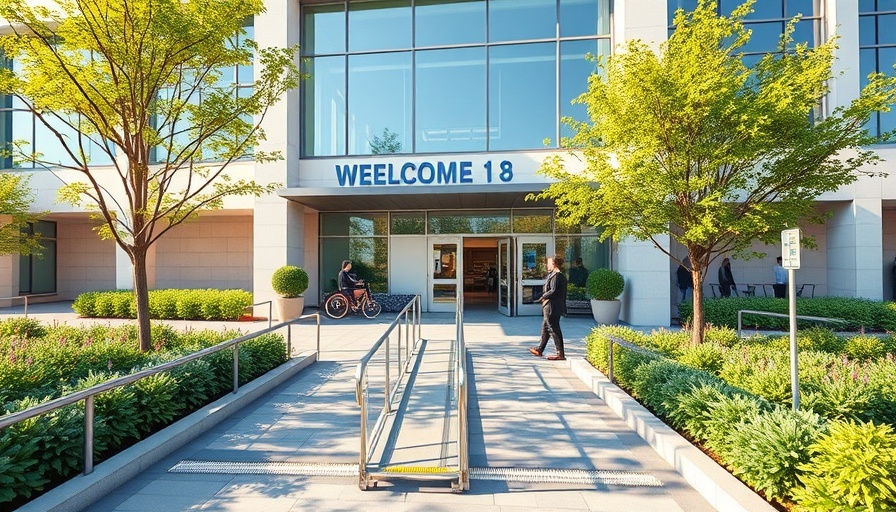
Why Accessible Bathrooms Matter for Everyone
Accessible bathrooms are not just a benefit for individuals with disabilities; they enhance safety and comfort for everyone. As the population ages, the demand for adaptable living spaces grows significantly. A well-designed accessible bathroom ensures that all family members, including those who may face temporary mobility issues due to injuries or surgeries, can facilitate their daily routines independently. By focusing on creating spaces that promote usability and accessibility, homeowners foster an inclusive environment.
Key Features Defined By Toms River Standards
Toms River's standards for accessible bathrooms emphasize safety and inclusiveness. Compliance with local building codes is critical as it ensures that homeowners create a welcoming and safe environment. These regulations highlight essential components such as:
- Clear Floor Space: A clear floor space of at least 60 inches in diameter helps individuals maneuver comfortably, especially those using walkers or wheelchairs.
- Grab Bars: Strategically placed grab bars provide critical support. These should be installed at heights between 33 and 36 inches from the floor, particularly adjacent to the shower and toilet areas.
- Door Width: Doorways must be a minimum of 32 inches wide to accommodate mobility devices.
Innovative Designs for Safety and Style
Creating an accessible bathroom is about blending functionality with aesthetics. Homeowners are encouraged to select fixtures that meet both personal tastes and safety standards. Lever or touchless faucets can simplify water control for individuals with limited hand strength, while colorful finishes can enhance visibility. For flooring, textured vinyl or ceramic tiles not only provide a stylish look but also significantly reduce the risk of slips.
Furthermore, integrating contrasting colors between floors and walls can aid in navigation, ensuring that transitions are visually clear and reducing the likelihood of accidents.
Future Insights: The Growing Importance of Accessibility
As society progresses, there is an increasing recognition that accessible design should go beyond legal compliance. Experts predict a trend towards even more innovative solutions in bathroom design, potentially incorporating smart technology. Features such as motion-activated lighting and voice-controlled fixtures may soon become standard in accessible bathrooms, further enhancing both usability and independence. Understanding and adapting to these evolving standards will empower homeowners to provide environments that support longevity and independence.
Deciding on the Right Modifications
For those contemplating updates, knowing the essential features and regulations allows homeowners to make informed choices. It’s crucial to prioritize professional consultations to ensure that your designs meet not only your personal preferences but comply with Toms River’s safety standards. Investing in accessible bathroom modifications can lead to a substantial increase in home equity while creating a living space that caters to all ages and abilities.
Common Myths About Accessible Bathroom Design
There are misconceptions surrounding accessible bathroom modifications, often deemed unattractive or overly clinical. However, modern design trends prove that accessible solutions can be visually appealing. Homeowners can utilize decorative elements, innovative layouts, and contemporary fixtures that offer practical solutions while enhancing overall decor.
Regardless of age or ability, everyone deserves a space that adapts to their needs without compromising style. Embracing accessibility in design not only provides safety and comfort but enriches quality of life for all users.
Conclusion: Creating a Safe and Inviting Space
Incorporating accessible bathroom features is essential for any homeowner seeking to enhance safety and independence. By understanding local guidelines and focusing on functionalities that benefit all users, you create a nurturing environment for your family. For further insights and expert guidance on making your bathroom accessible, reach out to design professionals who specialize in compliance and accessibility.
 Add Row
Add Row  Add
Add 




Write A Comment